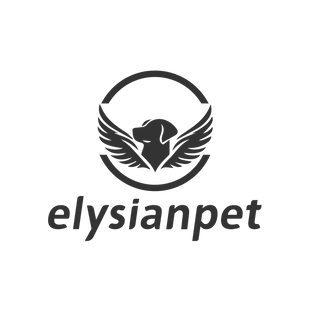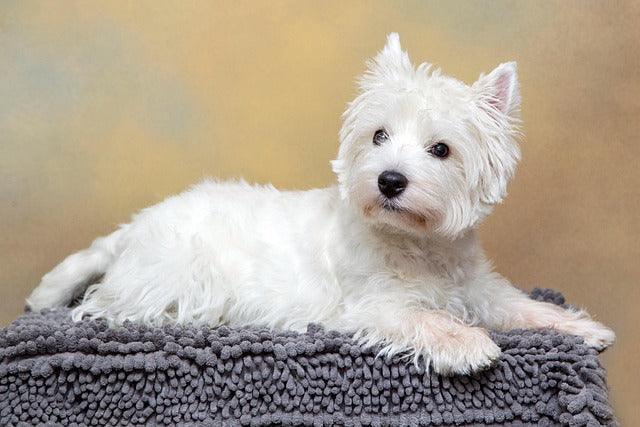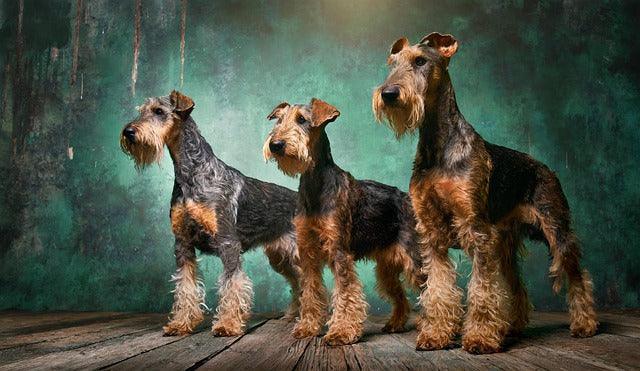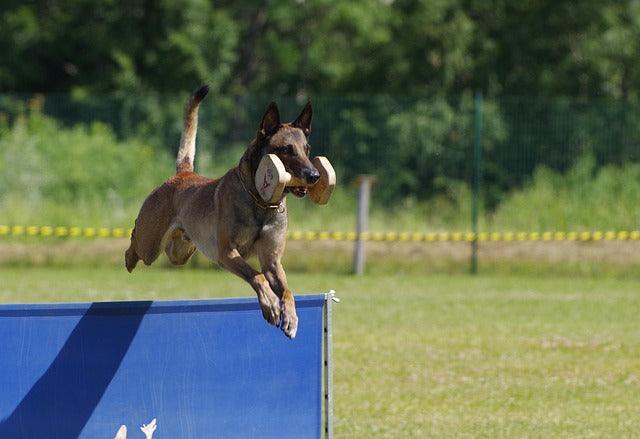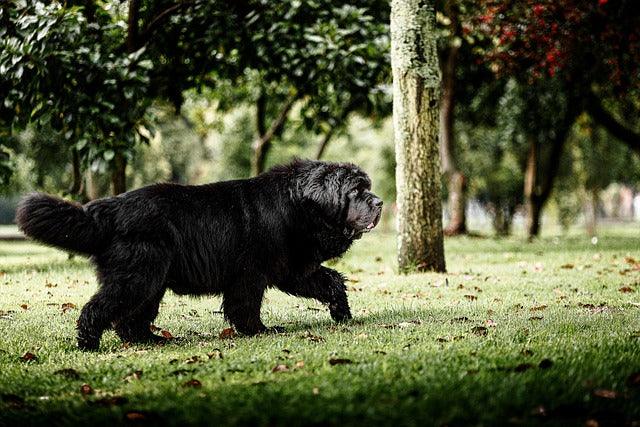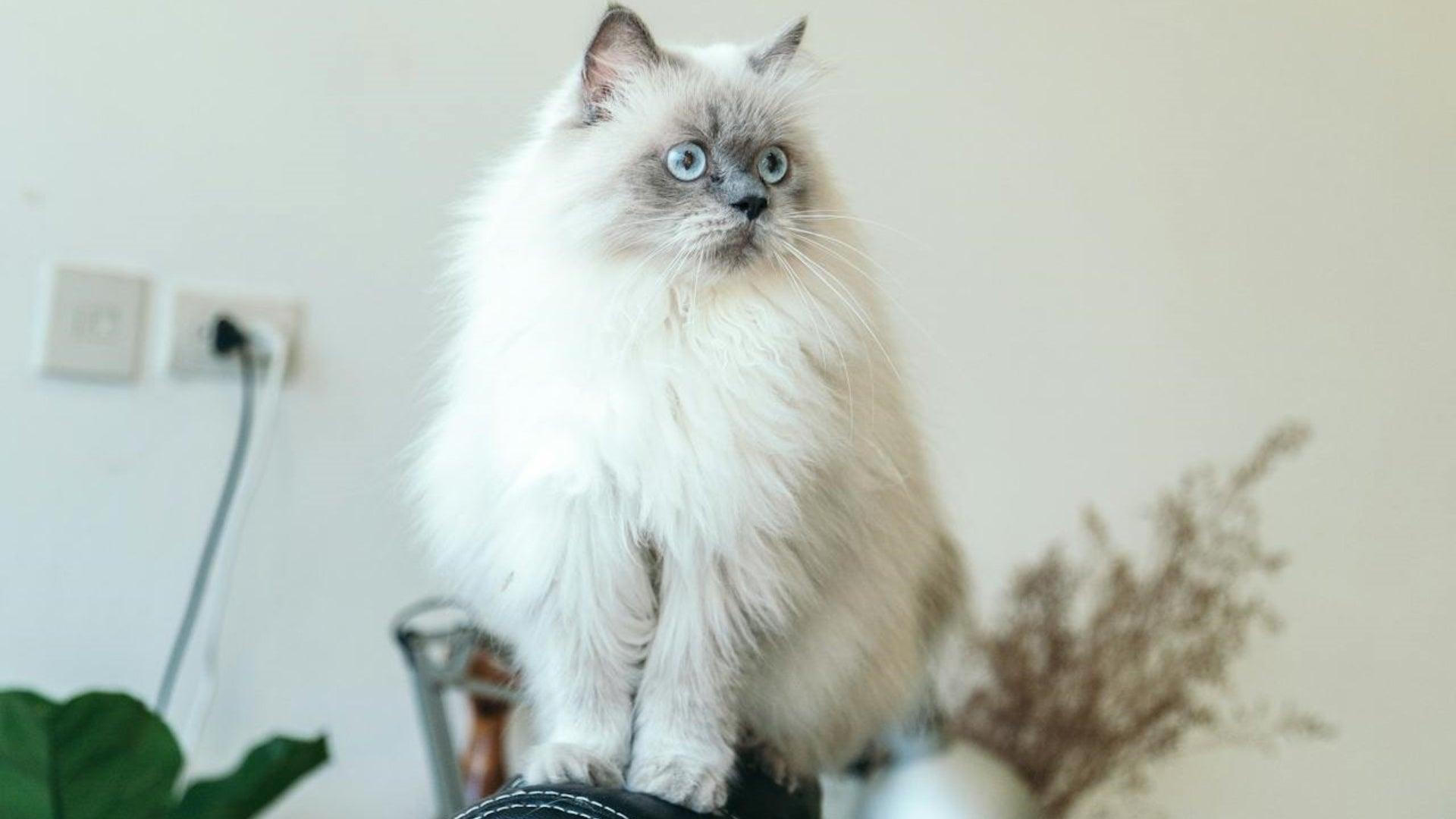
Ragdoll cats are also called "fairy cats"
Ragdoll cats are also known as "fairy cats" and are very popular because of their outstanding appearance.

Six months ago, I impulsively got a Ragdoll cat because of its beautiful appearance. It looked like a little fairy, so without much thought, I spent 8,000 yuan to bring it home. It was only three months old when I got it, and I immediately faced challenges—soon after coming home, it started having constant diarrhea. I took it to the vet, who said it was stress-related and prescribed some medicine, costing me several hundred yuan. In the six months I've had it, I've taken it to the vet multiple times, each visit costing more than a human doctor. In half a year, I've already spent over 10,000 yuan, not including expenses for food, treats, and supplies. I'm just an ordinary office worker, and after saving up a bit of money, I finally decided to splurge on this expensive kitten. I never expected the ongoing costs to be so high. Now, I'm starting to regret my decision and have even considered giving it up, but I can't bring myself to do it because I do have feelings for it. I'm telling you this: never get a cat on impulse. You need to consider everything before making the decision. Every situation has its pros and cons, and every cat has its advantages and disadvantages. Make sure you can handle the downsides before committing. Once you've decided to get a pet, you need to be responsible for it for its entire life.
Here are some of the downsides of owning a Ragdoll cat. If you're thinking of getting one, make sure you carefully consider these "drawbacks" of Ragdoll cats!
1.High Cost of Ownership
A well-bred Ragdoll cat can be quite expensive, often costing over ten thousand yuan. However, the ongoing expenses of caring for a Ragdoll can be even higher. Their delicate health means frequent trips to the vet, and the cost of cat supplies, including food, cans, litter, and other essentials, can add up quickly. Owning a Ragdoll cat can be very costly!
2.Prone to Poop Sticking to Fur
Ragdoll cats have long fur, which often leads to poop getting stuck during bathroom breaks. Afterward, they may run around the house or even jump on the bed, spreading the mess. The situation gets worse when they have soft stools or diarrhea, leaving their backside very dirty. You’ll find yourself frequently chasing after them to clean up.
3.Overly Clingy
Ragdoll cats have extremely clingy personalities. While some might think this is a good thing, as everyone loves an affectionate kitty, Ragdolls can be overly attached. They constantly seek your attention, which can become a nuisance, interrupting your work and daily tasks. Instead of being endearing, their clinginess can actually become a challenge for their owners.
4.Difficult to Manage Fur
Ragdoll cats have long fur that can be challenging to maintain. Grooming them requires at least 10 minutes a day. They also shed heavily, like "walking dandelions." Neglecting their fur can lead to a rough texture. It's recommended that owners groom them regularly and supplement their diet with fish oil.
5.Sensitive Stomach
Ragdoll cats are known to have "glass stomachs," meaning they have very sensitive digestive systems. They are prone to diarrhea, soft stools, and other digestive issues, especially during kittenhood, making them more challenging to care for. It's crucial to pay extra attention to their digestive health and choose cat food that contains probiotics to support their sensitive stomachs.
Elysianpet is a professional pet custom urn manufacturer. If you have a furry friend who has passed away, please consult us to customize a special urn for your friend.
